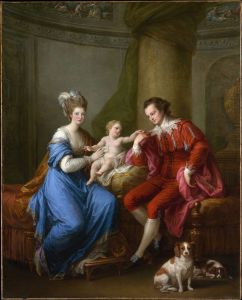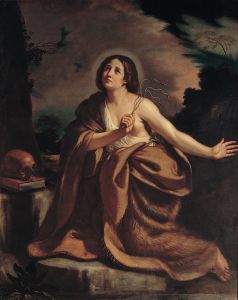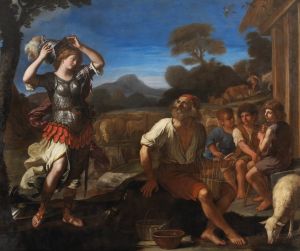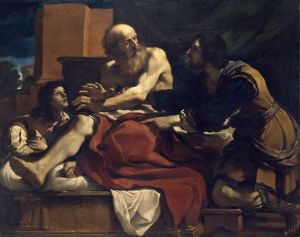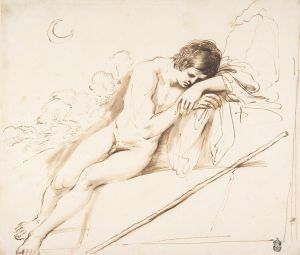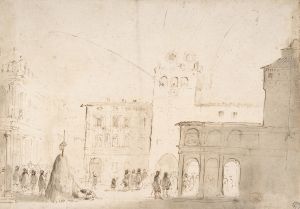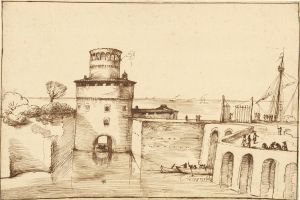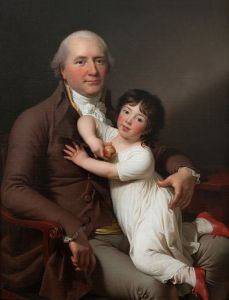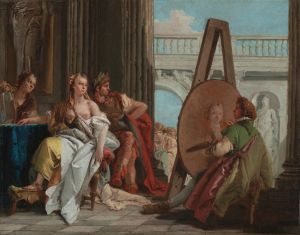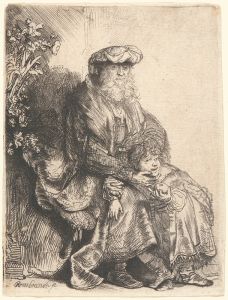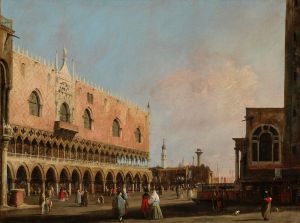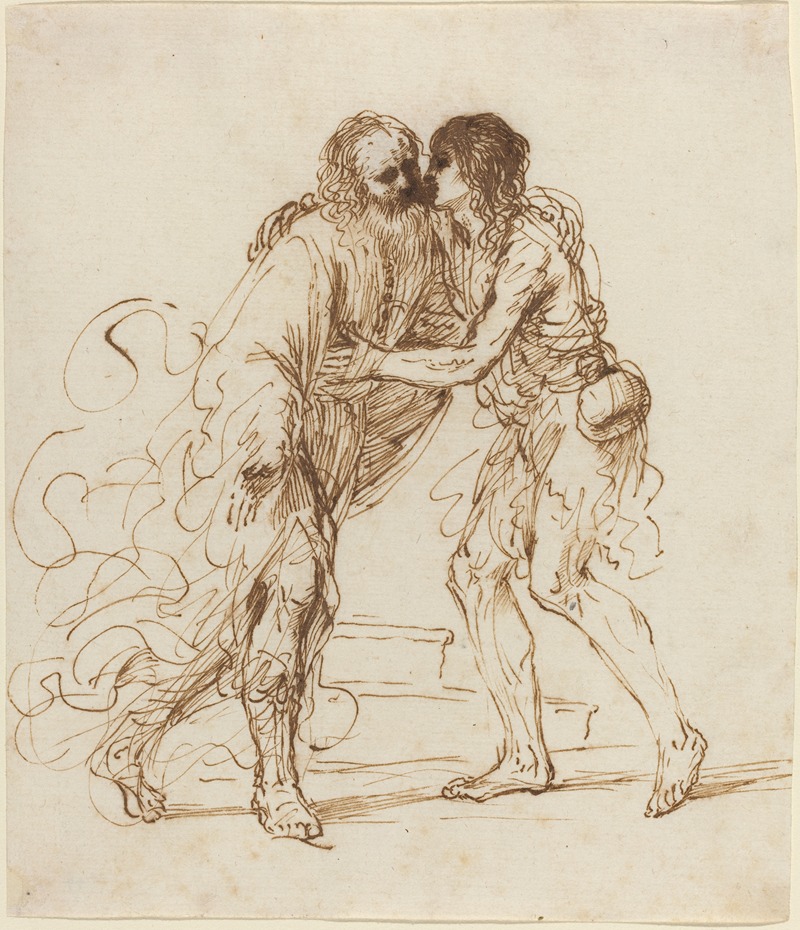
The Return of the Prodigal Son
A hand-painted replica of Guercino’s masterpiece The Return of the Prodigal Son, meticulously crafted by professional artists to capture the true essence of the original. Each piece is created with museum-quality canvas and rare mineral pigments, carefully painted by experienced artists with delicate brushstrokes and rich, layered colors to perfectly recreate the texture of the original artwork. Unlike machine-printed reproductions, this hand-painted version brings the painting to life, infused with the artist’s emotions and skill in every stroke. Whether for personal collection or home decoration, it instantly elevates the artistic atmosphere of any space.
Guercino's The Return of the Prodigal Son is a Baroque painting that depicts the biblical parable of the prodigal son, as recounted in the Gospel of Luke (Luke 15:11–32). The work is attributed to Giovanni Francesco Barbieri, known as Guercino (1591–1666), an Italian painter renowned for his dynamic compositions, dramatic use of light and shadow, and emotional intensity. This painting exemplifies Guercino's ability to convey human emotion and spiritual themes through his mastery of chiaroscuro and expressive figures.
The painting portrays the climactic moment of the parable when the prodigal son, having squandered his inheritance and fallen into destitution, returns to his father seeking forgiveness. In the composition, the father is shown embracing his son with compassion and tenderness, symbolizing mercy and unconditional love. The prodigal son, depicted in tattered clothing, kneels humbly before his father, embodying repentance and humility. The emotional connection between the two figures is central to the work, emphasizing the themes of forgiveness and redemption.
Guercino's use of light and shadow enhances the dramatic impact of the scene. The figures are illuminated against a darker background, drawing the viewer's attention to the emotional exchange between the father and son. The artist's skillful rendering of textures, such as the folds of fabric and the roughness of the son's clothing, adds a sense of realism to the composition.
The exact date of the painting's creation is not definitively documented, but it is believed to have been produced during Guercino's mature period, when he was highly sought after for his religious and mythological works. During this time, Guercino was active in various cities across Italy, including Bologna and Rome, where he received commissions from prominent patrons, including the Catholic Church.
The Return of the Prodigal Son reflects the Baroque era's emphasis on emotional engagement and spiritual themes. Guercino's interpretation of the parable aligns with the Counter-Reformation's focus on conveying religious messages through art that could inspire devotion and moral reflection among viewers.
The painting is housed in a private collection, and its provenance has been traced through various owners over the centuries. While it is not as widely known as some of Guercino's other works, it remains an important example of his ability to combine technical skill with profound emotional resonance.
This artwork continues to be studied for its artistic and theological significance, as well as its place within Guercino's broader oeuvre and the Baroque artistic tradition.





